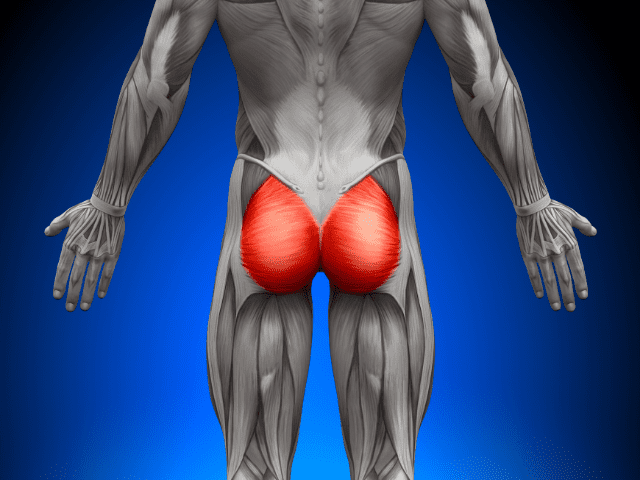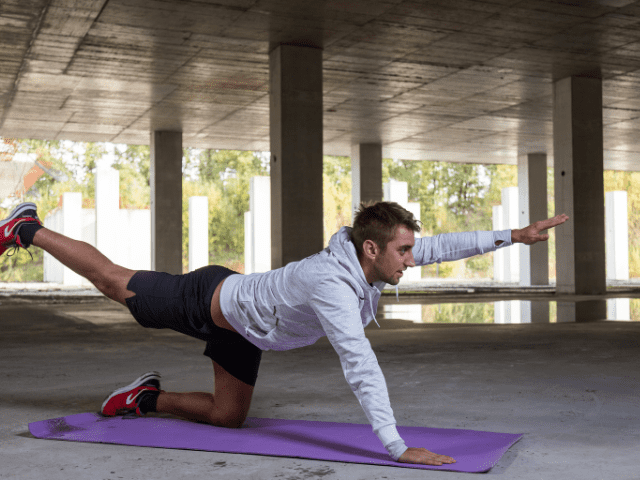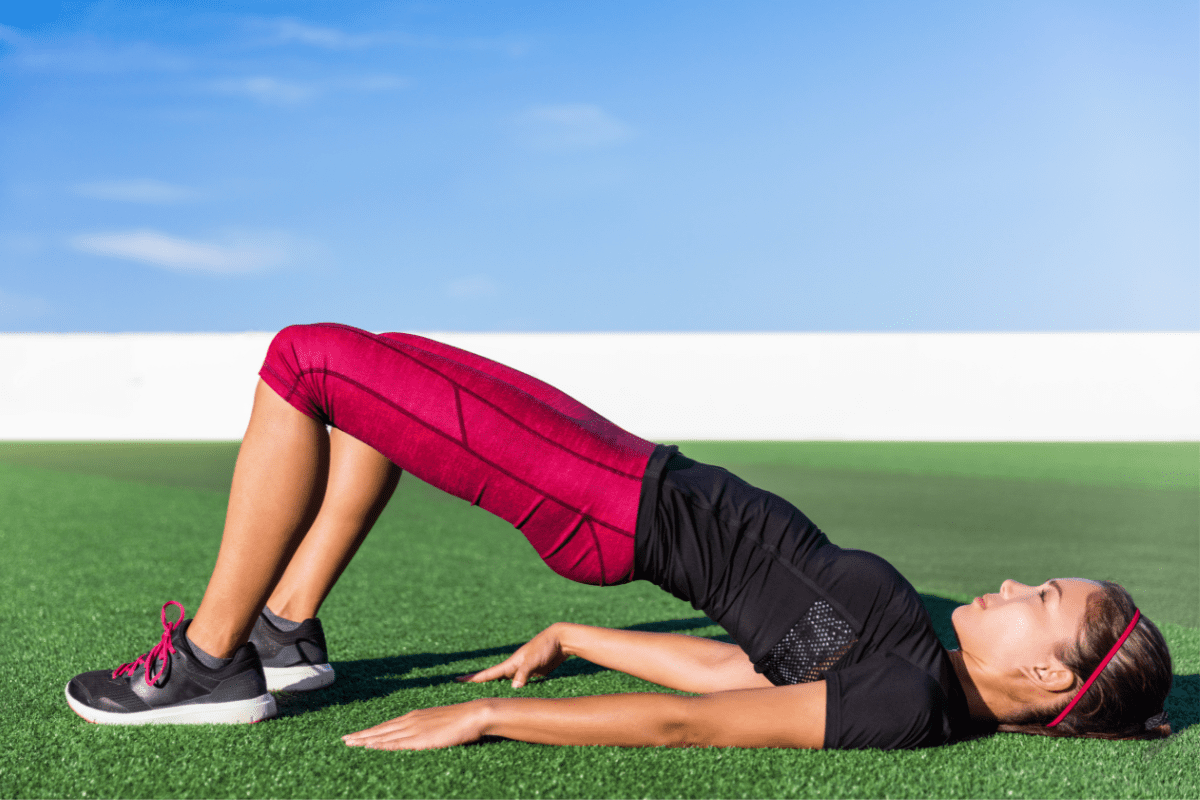Glute Bridge (How To, Benefits, Muscles Worked)
The Glute Bridge is a great warm-up exercise to activate the glutes. I like to incorporate them on my squat days in the weight room as well as my running days outside. It’s an extremely versatile movement because it’s relatively easy to learn and requires no equipment to do.
In this guide, I’m going to teach you how to do Glute Bridges and give you a couple of alternatives you can do in its place.
How To Do Glute Bridges
Equipment Needed
- None
Step-by-Step Instructions
- Start by laying on your back on the ground.
- Bend both knees to about a 90-degree angle and place both feet flat on the floor.
- Begin the rep by driving your hips up into the air. Try to attain a straight line from the shoulders through the hips and knees.
- Squeeze the glutes at the top of the rep and then lower back down to the starting position.
- Continue until all reps are completed.
Coaching Points
As you raise the hips up, try to drive the knees slightly forward. This can help with getting a strong glute contraction and a full extension of the hips. Don’t rush through the movement. Make sure to pause and squeeze at the top of each rep.
Glute Bridge Benefits
The Glute Bridge is a great glute activator and an excellent lower body warm-up exercise. Unfortunately, many athletes (and non-athletes) don’t fire their glutes as they should during big compound movements.
By utilizing a couple of activation movements, one can ‘wake up’ these muscles and get them prepared to work. For these reasons, I like to incorporate Glute Bridges on squat days, Olympic lift days as well as running days.
Muscles Worked

As you might expect, given the name, Glute Bridges heavily emphasize the glutes.
Glute Bridge Alternatives
Here are a couple of Glute Bridge alternatives that you can incorporate into your workouts. One is a slightly more advanced version of the Glute Bridge and the other is a completely different glute exercise.
Want more options? Here are 12 of the best Glute Bridge alternatives to train your glutes.
Single Leg Glute Bridges
Single Leg Glute Bridges are a slightly more advanced variation of regular Glute Bridges. Single Leg Glute Bridges are more difficult because you’re only using one leg to drive the hips up into the air.
If you feel like Glute Bridges are no longer a challenge for you, then I would recommend giving the single-leg version a try.
Bird Dogs

If you’re still struggling to get good hip extension, even with regular Glute Bridges, try switching things up a bit and give Bird Dogs a try instead. Bird Dogs are another great glute activation movement, but they are done by starting prone on all fours (hands and knees).
Lift and extend the right arm and left leg, squeeze the glutes, and then return to the starting position. Repeat for the opposite side.
More Links and Info
Looking for more great warm-up movements? Check out the Warm-Up Section of my Exercise Library.

